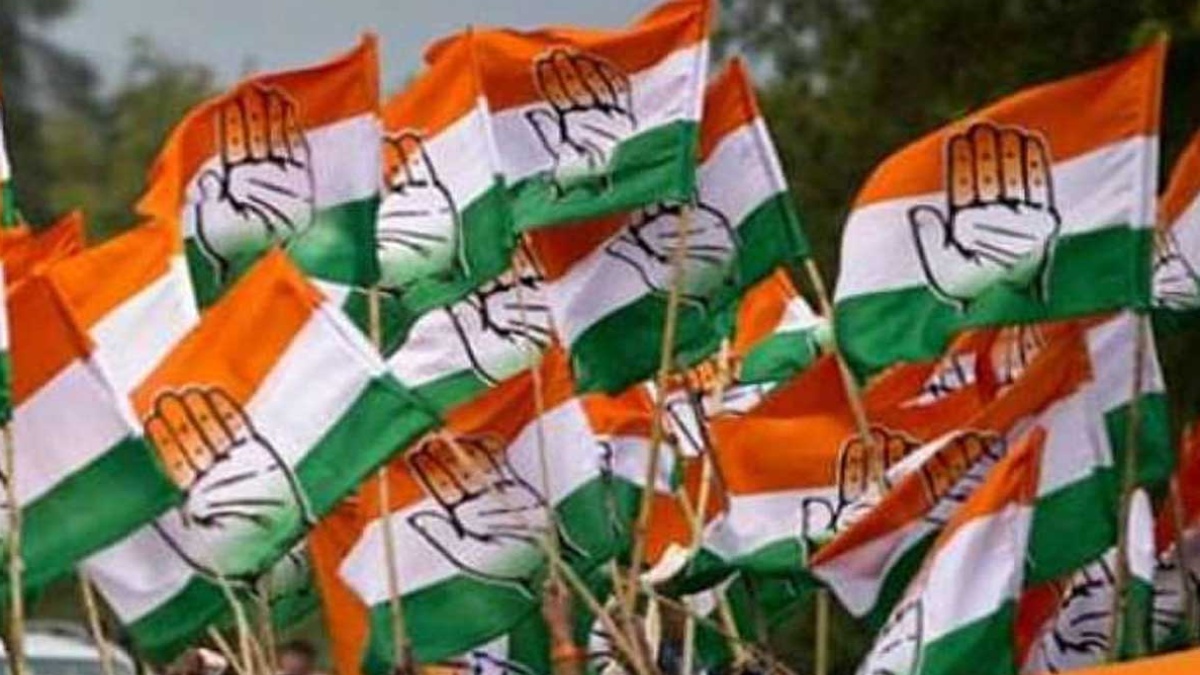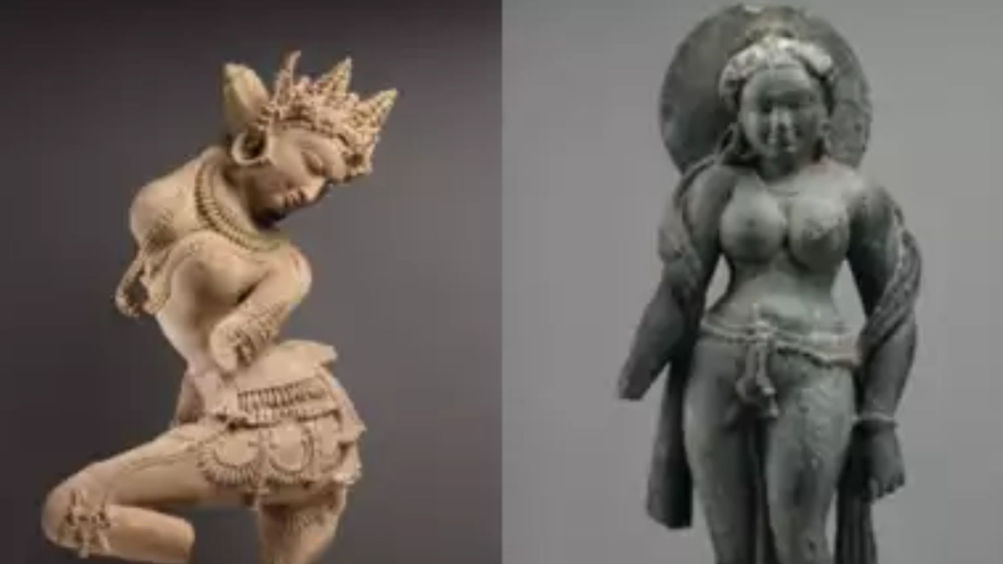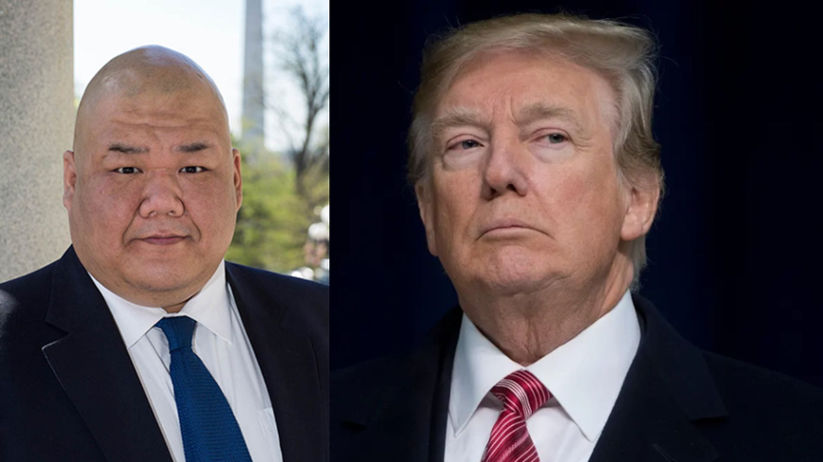
It was the month of June. The occasion was another Chintan Shivir – the brainstorming camp of the Indian Youth Congress held at Pragati Maidan in Delhi. Present on the high podium was the scion of the Gandhi family Sanjay Gandhi, accompanied by the effervescent Ambika Soni, head of the youth organization. ‘The future of Congress is the future of the country’ was the call given from the podium amid high decibel sloganeering by the congregation. This was way back in 1976. I was working as a correspondent with a major media organization, then. I wrote a long cover story on the event which was published in the weekly. The Chintan Shivir, which was held in the scorching heat of Udaipur between May 13 and 15, was similarly called Sankalp Shivir after it was over, typical epiphanous moments the Congress then had experienced.
The difference this time around was that Ambika Soni was there in the first row on the stage along with other senior Congress leaders and there was Rahul Gandhi, the second-generation member of the family, who was telling us that Congress was indispensable for India’s future. Despite all the cacophony and tall talks of the Chintan Shivir, Sanjay Gandhi received a sound drubbing in the parliamentary elections held a year later in 1977, so did the Congress Party. Both Indira Gandhi and son Sanjay found themselves behind bars, leaving the party high and dry, even leading to its disintegration. Pushed to the wall, the mother-son duo, however, clawed back by fighting a real fight on the grounds, reaching out to the people, and rode back to power in 1980. That was a different era. But in present times, would the ‘walking alone’ policy and launching Bharat Jodo Yatra – Unite the Country Campaign – help the party achieve its goals and lead it back to power? I wonder.
In a democracy, it is natural for a political party to adopt an adversarial role against the ruling power of the day and dream about coming to power and make all-out efforts to realize that dream. The Congress Party, after the three-day-long brainstorming sessions, resolved to remove the BJP from power and adopted some programmes to realize that goal. However, many of those things were voiced in various camps and conferences of the Congress Party in the past, as well. Those resolutions, however, were never implemented when the party was in power. The team of advisors of Rahul Gandhi may, perhaps, be completely ignorant of those resolutions, as Google may not be having details of those decisions taken in that Indira-Rajiv era.
In a democracy, however, having been identified with an ideology at the national level may help a political party. For Rahul, the journey ahead may bring bouquets and brickbats, as the road he has to negotiate is full of potholes. Then, is Congress the only party from Kashmir to Kanyakumari? There are regional parties that have stopped the BJP juggernaut in their respective states. The Congress Party has no significant presence there either. Yet, for Rahul, those parties neither have any ideology nor any real strength as they depend on caste and caste equations. The million-dollar question is: can the Congress Party under Rahul’s leadership remove the BJP from power in the coming assembly and parliamentary elections in 2024 on its own after undertaking this yatra? You are expecting a miracle, isn’t it?
The agenda of Congress Chintan Shivir changed during its course. The unease over Punjab, Gujarat and Rajasthan which is palpable must have certainly tampered the dreaming. During the course of the Shivir, senior leader Sunil Jakhar, who has been with the party for the past 50 years, openly accused Ambika Soni of playing along Hindu-Sikh lines and Harish Rawat of playing Dalit card. Gujarat is going for elections this year, for instance. Hardik Patel, Working President of the State Congress Committee did not turn up for the Shivir. Surprisingly, Raghu Sharma, in charge of Gujarat, had this much to say, “I have no idea why Hardik did not turn up.” Disillusioned with the approach of the party, Patel left it three days after the Shivir concluded on Sunday. Whether the popular youth leader joins the BJP or another political party, or not is an entirely different issue. But wouldn’t his exit dent the party?
Should party leaders adopt such a method to establish connect with their workers and the people? What fruit would the call to establish connect and dialogue with the people made by Party President Sonia Gandhi and her heir apparent bear? Gujarat is hardly a few hours drive from Udaipur, and Sachin Pilot, if not Rahul Gandhi or Raghu Sharma, could have gone there and brought Hardik around to attend the camp. Infighting in the party was too apparent to go unnoticed. Sachin Pilot was cold-shouldered by the top brass of the party. He did not find any mention as a leader from Rajasthan in the concluding address by Rahul Gandhi, though he is considered close to both Rahul and Priyanka. Pilot was not given a place, either, in the front row during the three-day-long programme, whereas turncoats of all sorts, who have never fought an election and are rather found currying favour with the BJP, were found enjoying a place of prominence there. A leader like Ambika Soni had deserted Indira Gandhi in 1977. Not only that, those who are known for writing and speaking against Sonia Gandhi for the past so many years are now part of the core team of the party. Sachin and his father Rajesh Pilot never deserted the Congress Party and Gandhi family. He was being slighted and his patience tested. It is well known that both Ashok Gehlot and Sachin Pilot are grassroots leaders who have their fingers on the pulse of the people of Rajasthan. As the political sagacity demanded, one of them could have been appointed as the Working President at the state level and the other could have been appointed to the national executive, striking a fine balance of power between the two factions to the benefit of the party. But nothing of this sort happened.
As usual, Rahul Gandhi attacked the BJP and Prime Minister Narendra Modi on issues of inflation, corruption, unemployment, and mishandling of the Corona pandemic. But he forgets that Congress governments in Chhattisgarh, Rajasthan, and Punjab too have failed in delivering on similar promises they made to the public there – providing employment, reforming the healthcare system, and economic development. The Congress Party is part of the coaling governments in Jharkhand and Maharashtra. And if these Congress-ruled states are not better off, then what sets them apart from the rest of the country? The party failed to underline the achievements of the governments of the Congress-ruled states and the cooperation from the central government.
It was an irony to see Ajay Makan talking of connect with the people from the podium, for the leader has no connect with the people of Delhi. How many people Rahul Gandhi himself meets for that matter? Contacting the people on a regular basis, identifying with their pain when they face problems and are in crises, helping the party workers and introspection are far more important and effective tools than spouting resolutions and declarations and talking on Facebook and Twitter. Even the BJP and perhaps the Prime Minister may wish them good luck. But when the opponents are strong, every player and the leader in the ring enjoy fighting the fight.
The author is the Editorial Director of ITV Network, India News and Aaj Samaj. Views espressed are personal.















